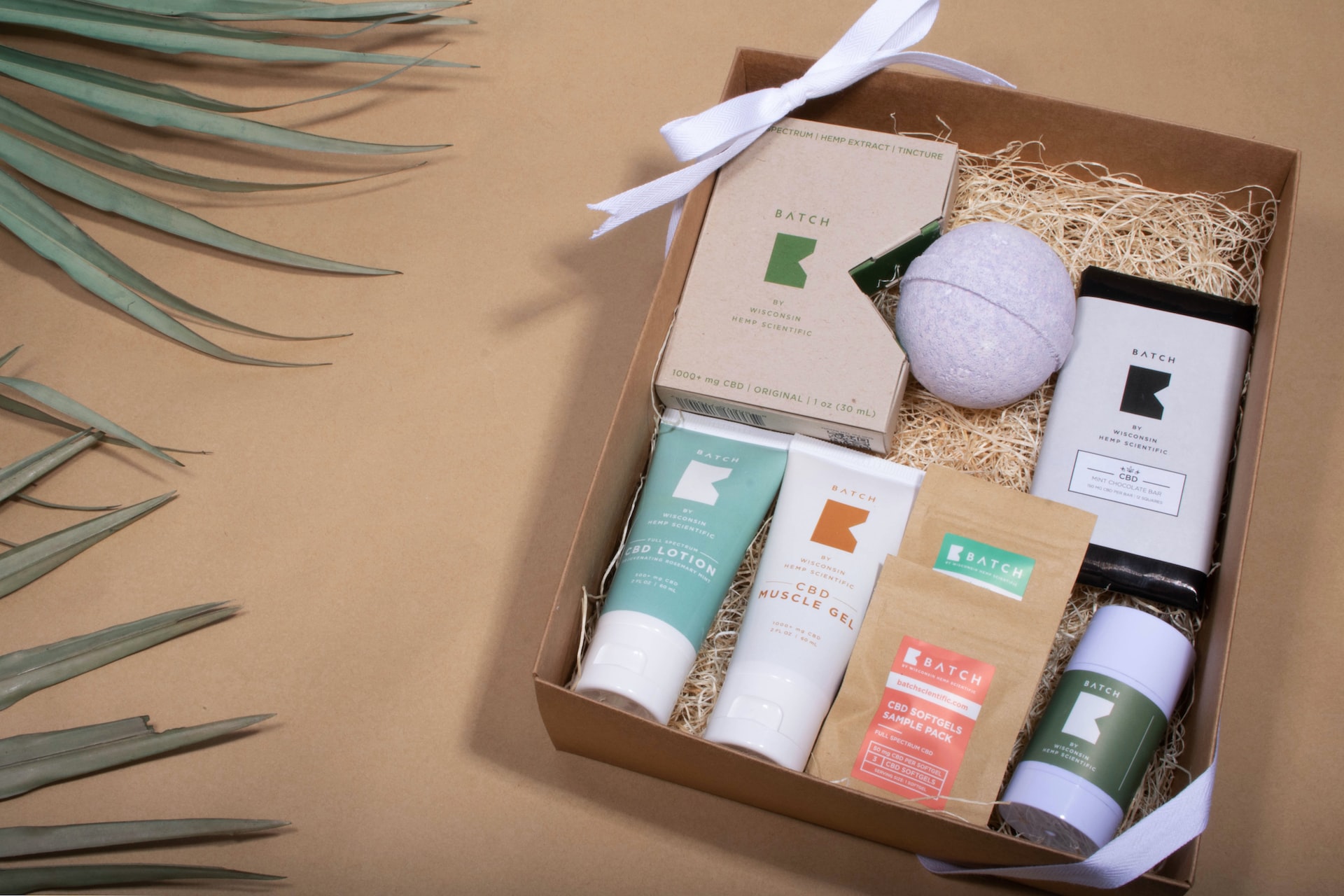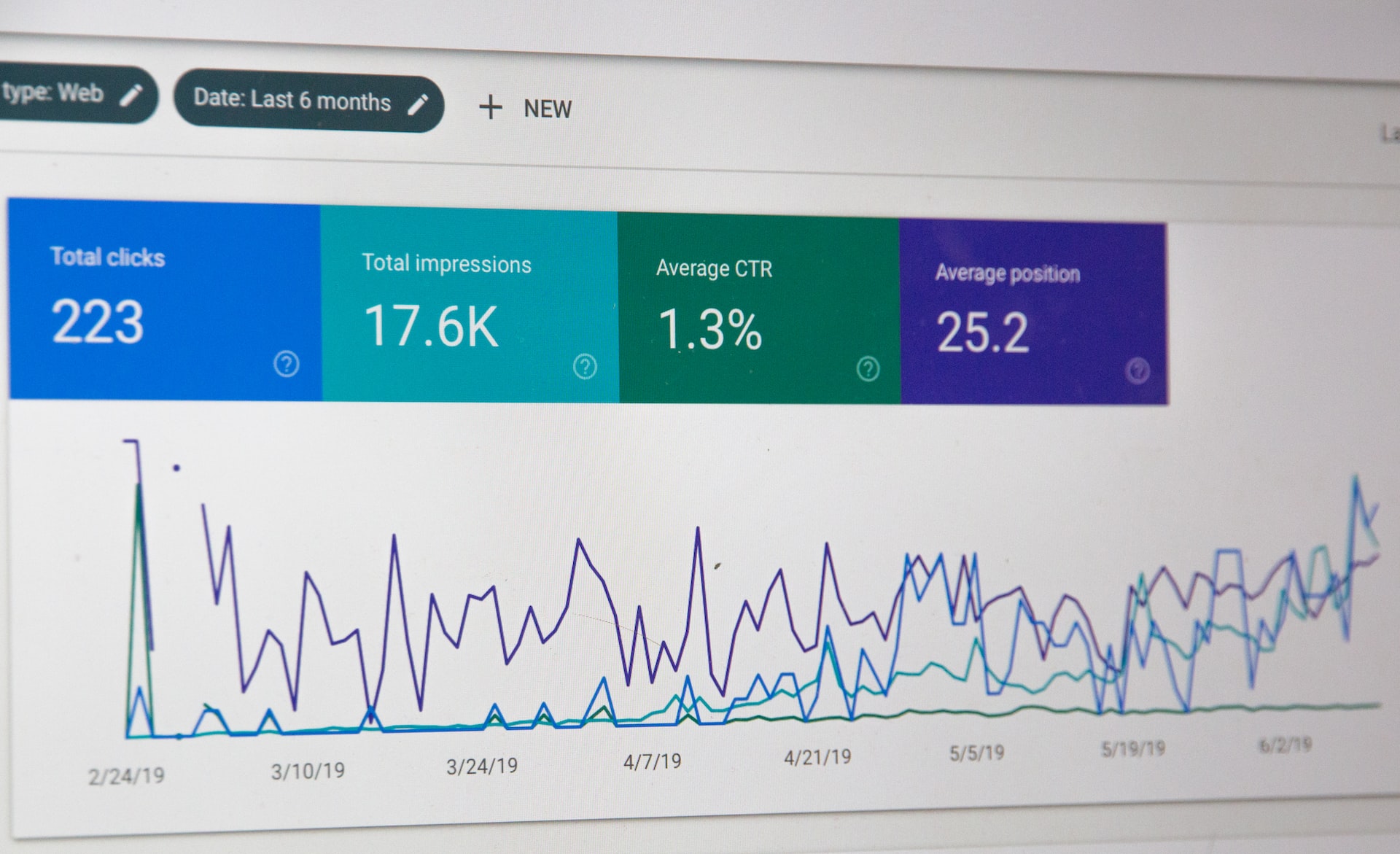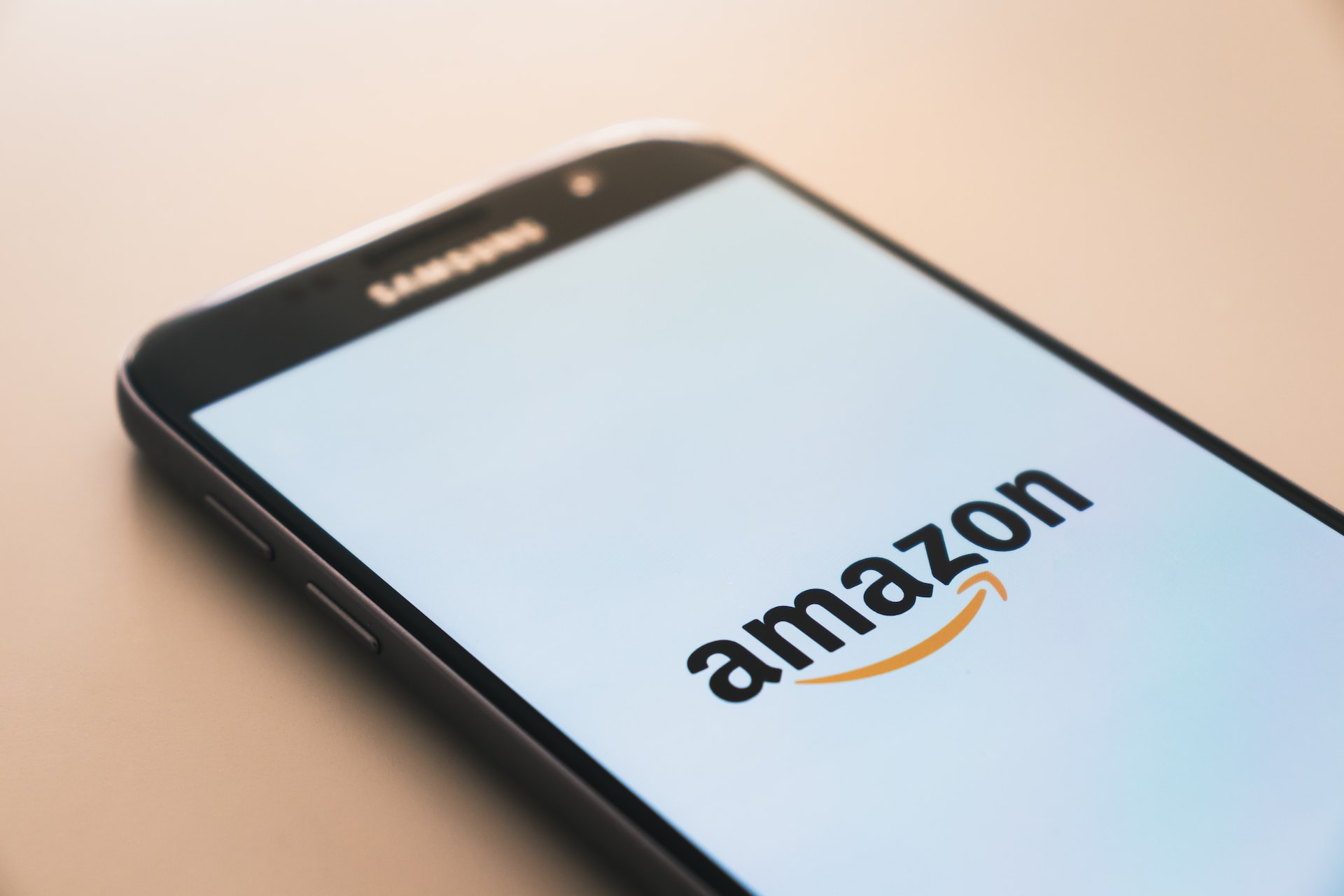Understanding the Power of Amazon Ads
Types of Amazon Advertising Solutions
Sponsored Products
Sponsored Brands

Sponsored Display
Setting Up Your First Amazon Ad Campaign
- Sign in to Amazon Advertising: Head over to advertising.amazon.com and log in with your Amazon account.
- Choose your ad format: Select the type of ad you want to create—Sponsored Products, Sponsored Brands, or Sponsored Display.
- Set your campaign objective and budget: Define your goals, such as driving sales or building brand awareness. Allocate a budget for your campaign, keeping in mind that higher budgets provide more opportunities for your ads to be seen.
- Select your products: Choose the products you want to promote. If you're using Sponsored Brands, you can feature up to three products in a single ad.
- Create your ad creative: Write engaging ad copy and choose relevant images. For Sponsored Brands, you can also add a custom headline and logo.
- Choose your targeting method: Decide whether you want to use manual or automatic targeting. With manual targeting, you can choose specific keywords, products, or product categories to target. Automatic targeting allows Amazon's algorithm to find the most relevant keywords and placements for your ads.
- Set your bids: Determine the maximum amount you're willing to pay for each click on your ad. Keep in mind that higher bids increase the likelihood of your ads being displayed.
- Review and launch your campaign: Double-check your ad settings and creative, then launch your campaign. It may take up to an hour for your ads to start appearing on Amazon.
Mastering Amazon Ad Targeting Techniques
Keyword Targeting
Product Targeting
Audience Targeting
Tracking Performance and Optimizing Your Ads
Key Performance Indicators (KPIs)
A/B Testing
Continuous Optimization

Related Courses
Unlock your app's growth and maximize revenues
Apply Product-led & Marketing-led Growth principles. No 'hacks' but a structured approach to growth by creating value for users and business
AI in Marketing Bootcamp
Use AI to automate, optimize, and enhance your marketing, saving up to 3h daily, boosting ROI, and staying ahead in the industry
AI Marketing Mastery: Create Campaigns, Videos & Music in 4 Hrs, incl. Project
Create a full marketing campaign in 2x2 hours ! Guided project to build your video ad using AI for images, video, voiceovers, and music.
AI Agents for the Modern Marketer
10x your marketing with 50+ AI workflows & 1:1 coaching Get exclusive access private community of top AI marketers
eCommerce 201
Master the essential skills for eCom success & AI in 2025. Develop a holistic marketing, product, GTM plan & pitch that gets buy-in & ROI.
Digital Advertising Masterclass - Nail Your Next Campaign
Designed for startups and growth stage companies. Learn the framework and strategies used by the world's most successful brands.
You might also like

Unleashing Growth: Winning Strategies for Online Subscription Services

Marketing Conversion Funnels from Top Companies in 2023

Authentic Affiliate Marketing: Promoting Products While Staying True to Your Audience's Needs

